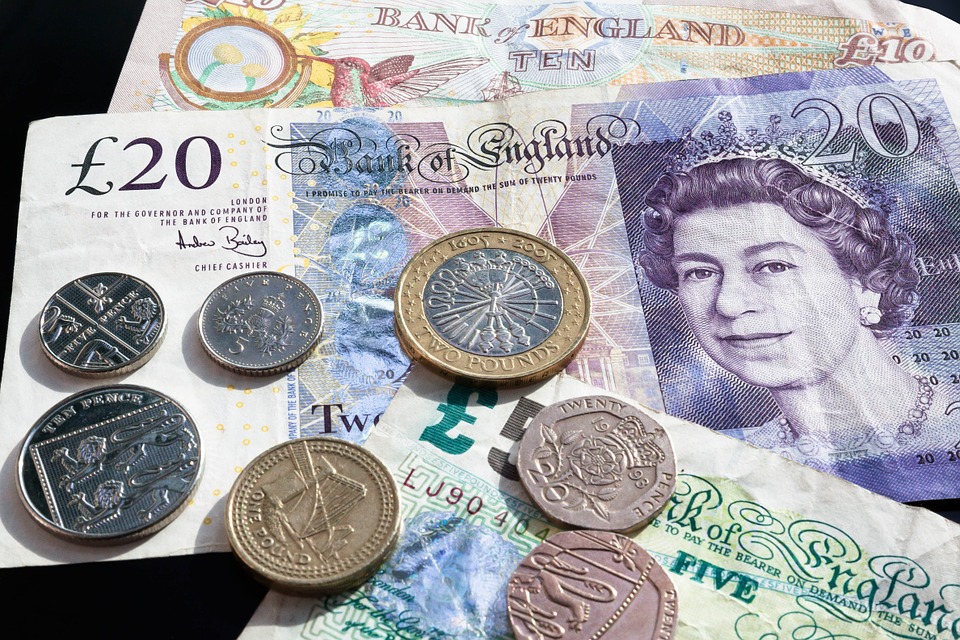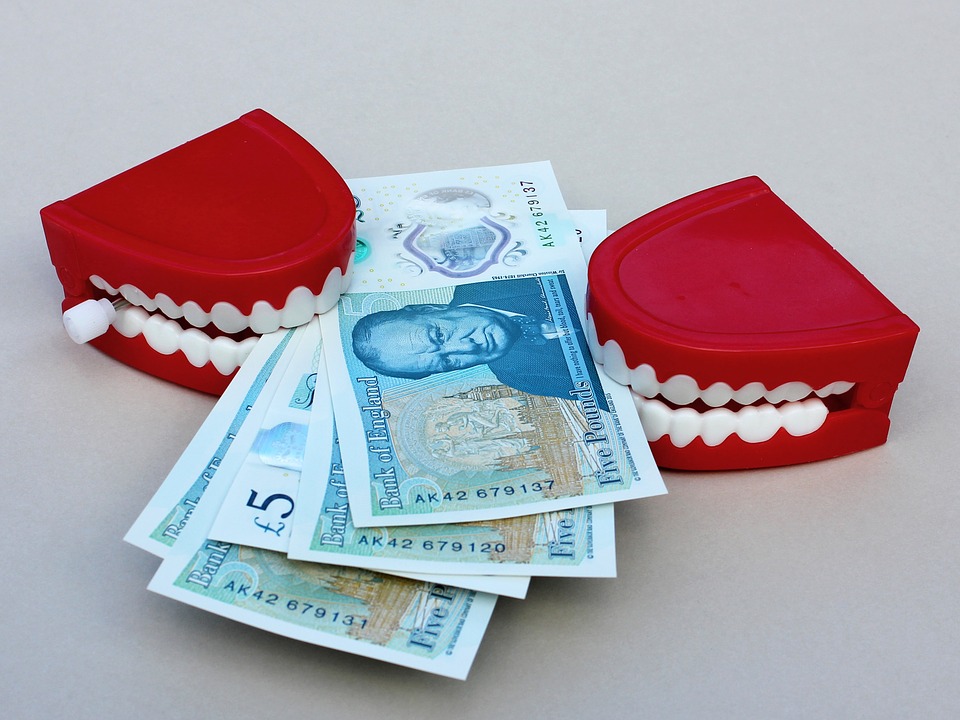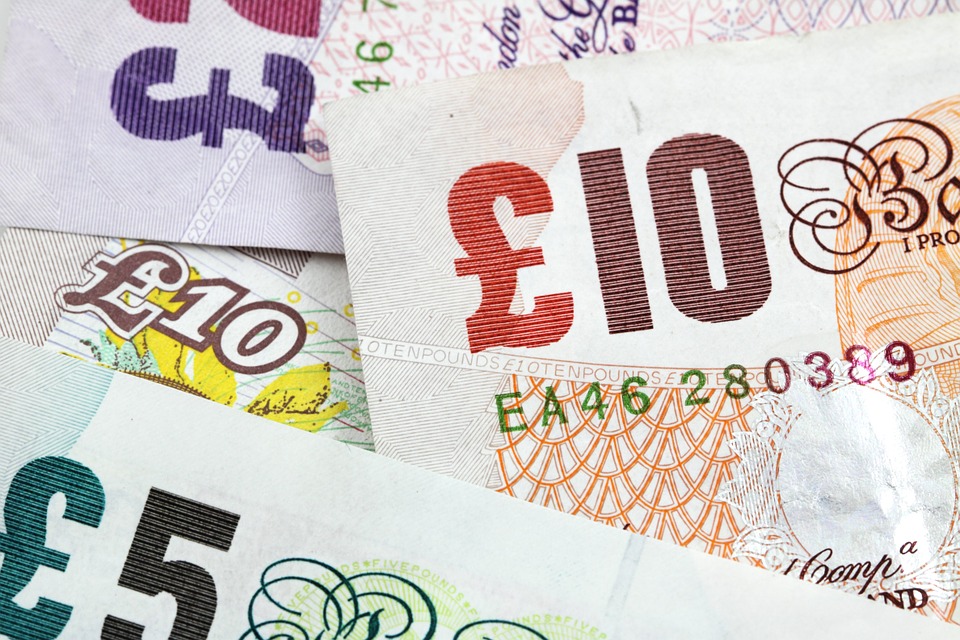November’s interest rate decision is fast approaching and, with recent data having shown the UK economy at risk of a slowdown, strategists are increasingly divided over what to expect from the Bank of England.
Those hoping for a retreat from earlier warnings over UK interest rates may be left disappointed in the wake of the Bank of England’s November monetary policy announcement.
A solid majority expect the Bank of England to hike rates in November while less than half of strategists expect it to follow through with further policy action in the months after.
“There is an argument doing the rounds that the UK is raising rates so that they can cut them when the ‘inevitable’ Brexit-related collapse happens. Maybe,” says Ben Powell CFA, a multi-asset class content salesperson at Swiss bank UBS.
The bulk of those who do not subscribe to the Brexit collapse view have often cited growing concerns over FX-induced inflation as the motivator behind what is, according to them, likely to be limited policy action.
“At 4.5% UK unemployment is at lows not seen in 5 decades. UK asset prices are booming. In 2016 UK household wealth rose by ~GBP900bn to beyond GBP10Tr for the first time. That ~GBP900bn growth is around 50% of GDP,” says Powell.
But UK economic fundamentals have remained on a sound footing since the Brexit vote in June 2016, despite the prevailing narrative in much of the media and most parts of the financial world.
“UK borrowing has never been cheaper. Outstanding resi mortgages cost 6% 10 years ago and 2.7% now; new lending is at 2.3%. Nearly half of today’s unsecured personal loans cost less than 5%; Sainsbury’s and Tesco’s banking arms are advertising unsecured loans at ~3%, some for up to 10 years in duration,” wrote Jason Napier, an equity research (banks) analyst at UBS.
With the market’s eyes fixed keenly on a deterioration in UK consumer spending that has weighed on economic growth over recent quarters, the “emperor’s well clothed state” has gone unacknowledged by the majority.
“Clearly it’s a matter of judgement, but it may be the case that the Governor thinks supermarkets offering 10 year unsecured loans for ~3% feels a bit punchy. There is also a boom in car financing,” says Powell.
Bank of England governor Mark Carney said in a September speech that UK banks have been extending too much credit to consumers at insufficient rates of interest and that the more “frothy” parts of the market should be addressed.
“This is what the data suggests. And it is what the Governor is telling us he is doing. My sense is that those hoping for a ‘dovish hike’ next week are going to be disappointed,” says Powell.
Pound to Be Left High and Dry Says JPMorgan
The Pound Sterling is at risk of being left high and dry against the Euro and other G10 counterparts over the coming weeks as the interest rate tide that buoyed it through September recedes further.
Bank of England policymakers may not be able to do enough to keep it afloat even if they do vote to hike rates at the November meeting, according to strategists at JPMorgan, who are still betting against the Pound-to-Euro rate.
“Our highest conviction macro trade in recent weeks has been short GBP as we felt that UK rate hikes were overpriced given the weak starting point for UK growth and the existential Brexit shock that continues to dominate the medium-term outlook,” says Daniel Hui, a foreign exchange strategist at JPMorgan.
The foreign exchange team at the US bank say the UK economic backdrop made it difficult enough as it was, in September, to justify embarking on an interest rate hiking cycle but observe that the economy has shown signs of slowing further since then.
“BoE expectations have come under pressure this from a combination of lacklustre growth data releases (annual growth in retails sales is now close to 1% compared to +4% when the BoE eased policy last year) together with a stream of commentary from MPC members that reveals a greater range of opinion about the timing of any monetary tightening,” says Hui, in a note written Friday.
The Pound was buoyed in September when the Bank of England said it begin withdrawing stimulus (hiking rates) over the coming months if inflation strayed further north of its 2% target and the economy remained on a steady footing.
By the end of that month the British currency had posted the strongest performance of all those in the G10 basket as traders rushed to price in a Bank of England hike in November and further action to come in 2018.
“The rate market has belatedly begun to rethink its scenario of a relatively normal rate hike as a result of more equivocal commentary from the BoE and the absence of lift in the growth numbers,” says Hui. “Next week’s 3Q GDP print is expected to confirm the UK as the clear growth laggard within G10, and so maintain the sense of drift in rate expectations and GBP.”
The BoE is expected to raise the bank rate by 25 basis points on November 02 but the number of voices questioning whether this is the right thing to do has grown in recent weeks.
“But it’s important to recognize that a less assertive BoE outlook is not the only factor weighing on GBP, as we interpret GBP’s recent moves as reflecting not only a partial retrenchment of priced hikes, but also the additional leverage of GBP to lack of progress in the Brexit talks and the increased risk of an accidental no deal,” writes Hui.
Hui notes the recent signs of progress in Brexit negotiations but flags that trade and transition talks are unlikely to begin until December at the earliest, the atmosphere around talks may remain uncomfortable for the foreseeable future and risks around sentiment to the Pound will remain high.
The Pound received a boost over the course of Friday and Monday after October’s European Council summit concluded with Brussels sounding a more conciliatory tone on the subject of Brexit negotiations, which revived hopes that “sufficient progress” could soon be made for negotiations to move onto the subjects of trade and transition.
“Our largest net position is long EUR against USD, GBP and CHF. The ECB taper announcement is expected to be marginally constructive for EUR,” says Hui. “But we don’t expect fireworks as the ECB will emphasise dovish forward rate guidance to anchor Bund yields despite what could be a sharp slowdown in the run-rate of asset purchases. EUR upside will be a grind.”
The Pound-to-Euro rate was quoted 0.04% higher against the Euro at 1.1237 during early trading in London Tuesday while Sterling was marked 0.08% higher at 1.3215 against the Dollar.
Source: Pound Sterling Live




